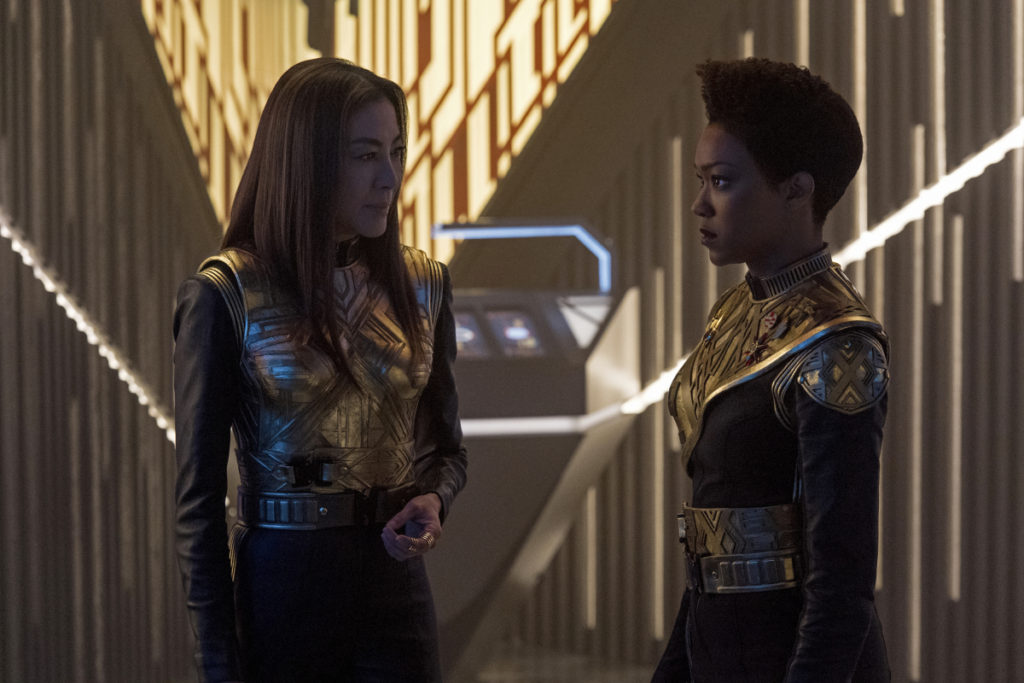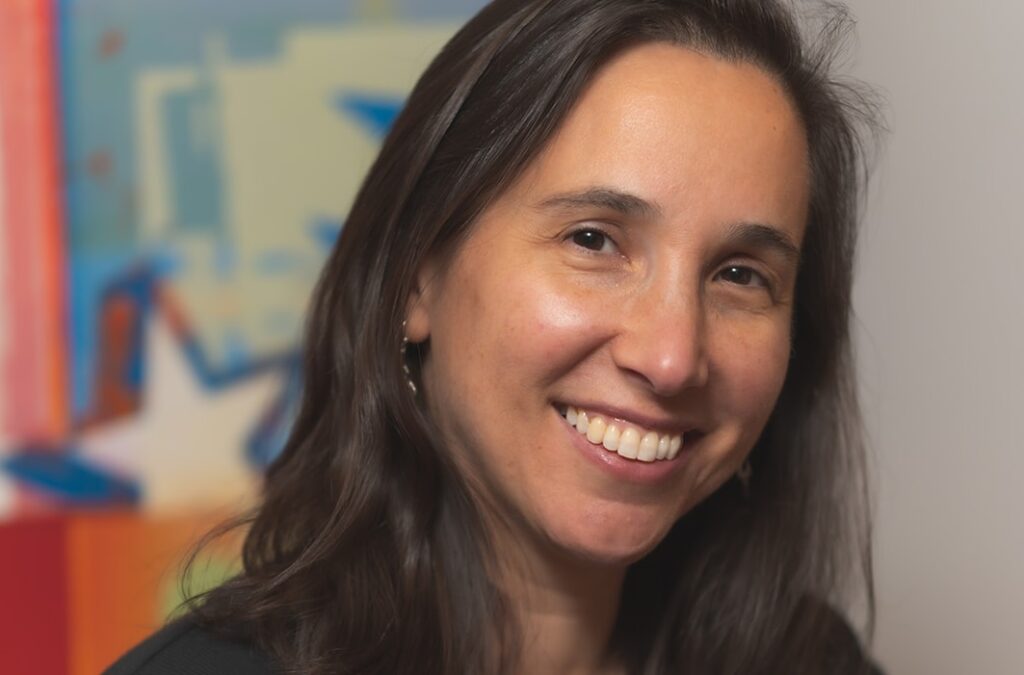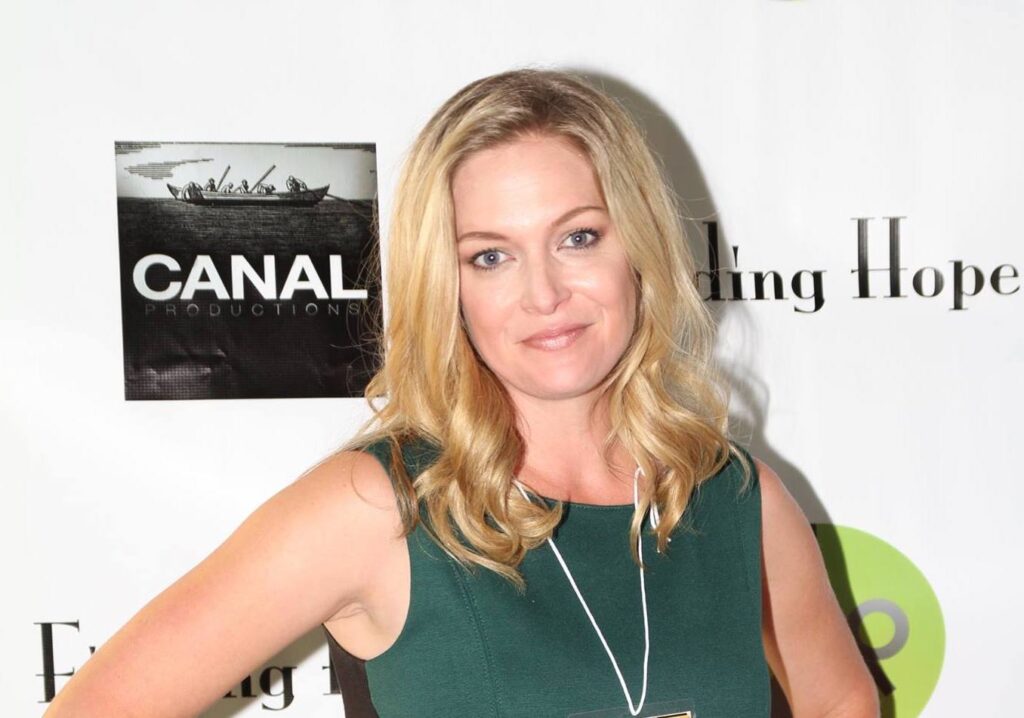Guest Post by Alice Thorpe
By now, we are used to hearing the gains made by women in the U.S. film and TV industries in recent years described as a “moment.” We are still regularly assured that women are finally “getting their moment” on-screen. The phrase “#MeToo moment” has become ubiquitous, a (somewhat questionable) attempt to condense the cultural sea-change brought about by the #MeToo movement down into a handy soundbite, which these days is broadly applied to any perceived evidence of an industry taking steps to address its gender biases. The term is evocative in that it promises both the significant and the fleeting in equal measure. With change equal parts slow and uncertain, anyone that has been campaigning for and tracking these gains could be forgiven for wondering at what point this “moment” becomes something more permanent.
One way of gauging the industry’s longer-term commitment to women’s stories is to look not only at the historical data — the latest reports from the USC Annenberg Inclusion Initiative, and the Center for the Study of Women in Television & Film give an invaluable insight into film and television releases, as well as the representation of women behind the scenes — but also ahead at what new projects the commissioners have in the pipeline.
Using Ampere Analysis commissioning data, I recently analyzed the data for a year’s worth of U.S. scripted television commissions in a report, looking at the projects announced by both networks and streaming platforms. It is in the television industry that we have seen the most consistent change in terms of women’s representation both on and off-screen in the last few years, and even by those standards the future looks bright. From the beginning of November 2018 to the end of October 2019, U.S. commissioners put more female-fronted scripted TV shows into development than male-fronted ones. Single-protagonist scripted TV show commissions (i.e. those with a single, identifiable lead character, or a series of separate, identifiable leads in the case of anthology shows) were more likely to be fronted by women than men, with female protagonists outnumbering their male counterparts in five out of eight scripted genres.*
Three genres in particular showed high levels of female representation in projects announced: Drama, Crime & Thriller, and Sci-Fi & Fantasy. Just over 42 percent of Drama shows commissioned within the last year are slated to have a female protagonist, while those with male leads accounted for just over 25 percent. We see a similar split in Crime & Thriller commissions, which were 43 percent female-led compared to 31 percent male. In the case of both these genres, it was traditional networks more than VOD platforms that were driving up the numbers. Indeed, among Crime & Thriller commissions, the ratios of female to male-protagonist shows were practically reversed when it came to the streaming and other video-on-demand commissioners, where only 28 percent of announced new projects were identifiably female-led versus 47 percent male.
The third scripted genre with a notable wealth of female leads was Science-Fiction & Fantasy — particularly encouraging when we consider that the genre is often stereotypically thought of as being geared towards a young, male audience. From November 2018 to October 2019, shows toplined by women accounted for 34 percent of announced U.S. Sci-Fi & Fantasy commissions, compared to those with male protagonists which accounted for just over 24 percent. What’s more, female Sci-Fi & Fantasy leads outnumbered their male counterparts among both broadcast and VOD commissions. The notion that audiences will be turned off by shows with a female protagonist is clearly no longer being bought into by those commissioning Sci-Fi & Fantasy TV.
Male protagonists still outnumbered female protagonists in announced shows geared towards younger audiences, and they were also more likely to have clearly defined roles in the show synopses released by their commissioners — they were a “superhero,” a “samurai,” etc. Young female protagonists slated to appear in upcoming shows were less likely to be assigned such descriptors, and more likely to be defined via association with key themes such as “empathy” and “friendship.” Nonetheless, there were plenty of titles announced which bucked the trend — for example, Netflix has upcoming Latinx family show “The Expanding Universe of Ashley Garcia,” which features a 15-year-old female robotics engineer. Notably, although there is a consistent trend of children’s shows being fronted by anthropomorphic characters, even these still tended to be gendered as male or female. Indeed, commissions across all genres continue to adhere to the gender binary as far as protagonists are concerned and, while non-binary and gender-fluid characters have begun to appear in supporting roles on U.S. television in recent years, a U.S. network or SVOD platform has yet to commission a show with a non-binary lead.
While there are undoubtedly still gains to be made, the consistency with which U.S. commissioners are populating their slates with female-protagonist shows is a clear indication that their success with audiences has truly begun to hit home, speaking to longer-term investment rather than tokenism. At what still feels like a “moment” of transition to many, this can only be encouraging.
Click here for the full report from Ampere Analysis.
*The eight scripted genres analyzed are Action & Adventure; Children & Family; Comedy; Crime & Thriller; Drama; Horror; Romance; and Sci-Fi & Fantasy.
Alice Thorpe is a Women and Hollywood alumna, and now an Analyst at London-based media analytics firm Ampere Analysis, where she is primarily responsible for tracking and analyzing commissioning activity across global TV and SVOD markets.







